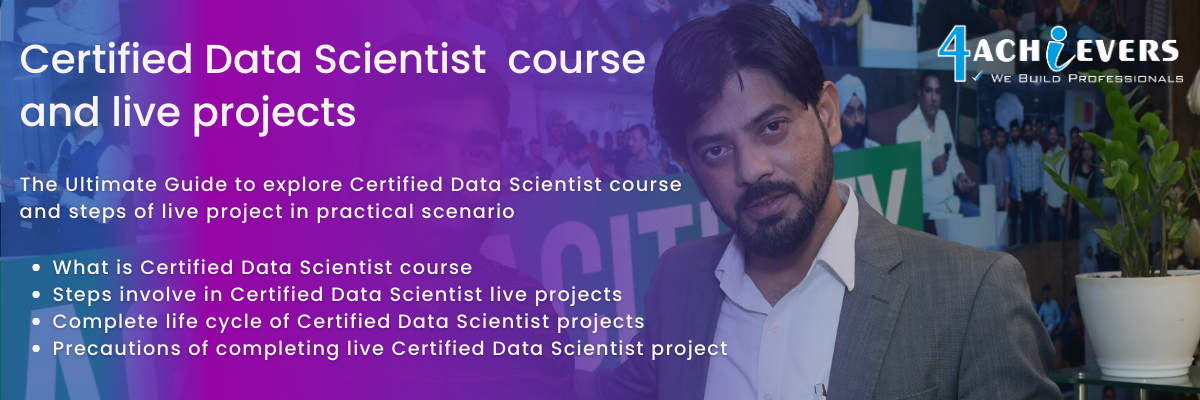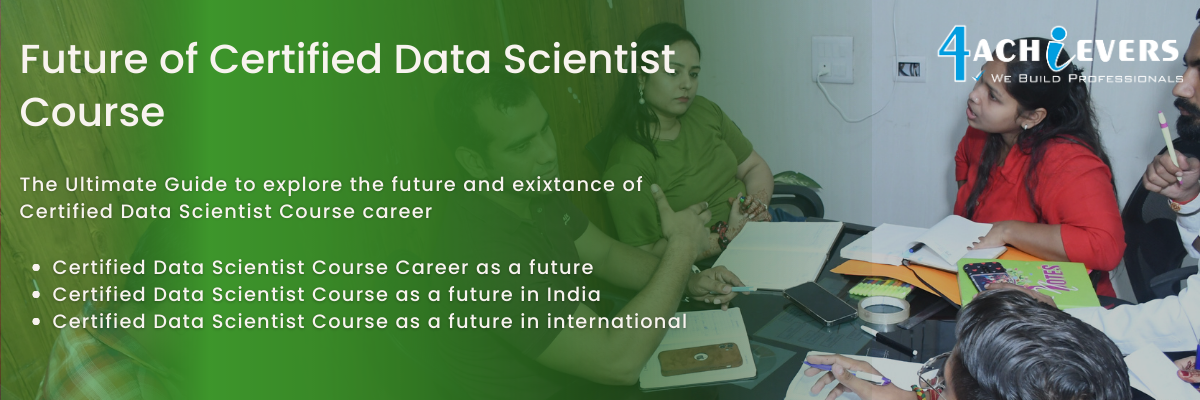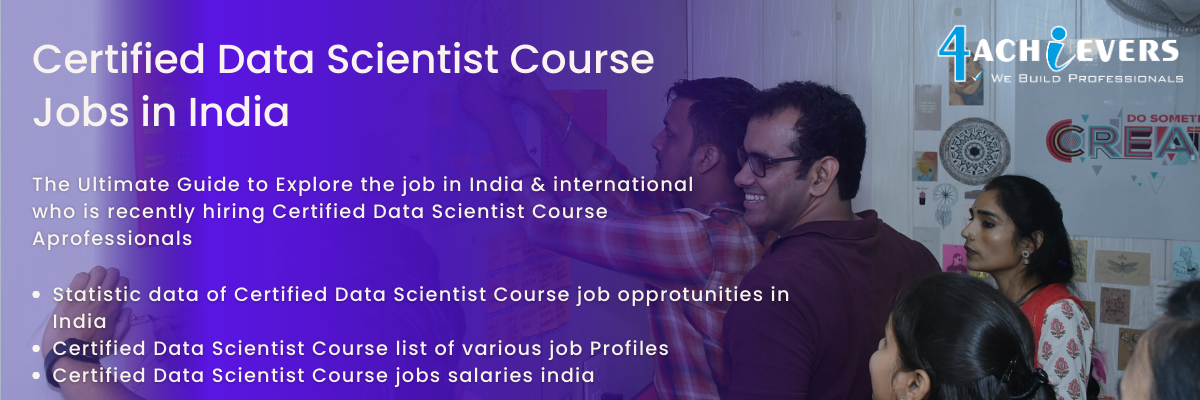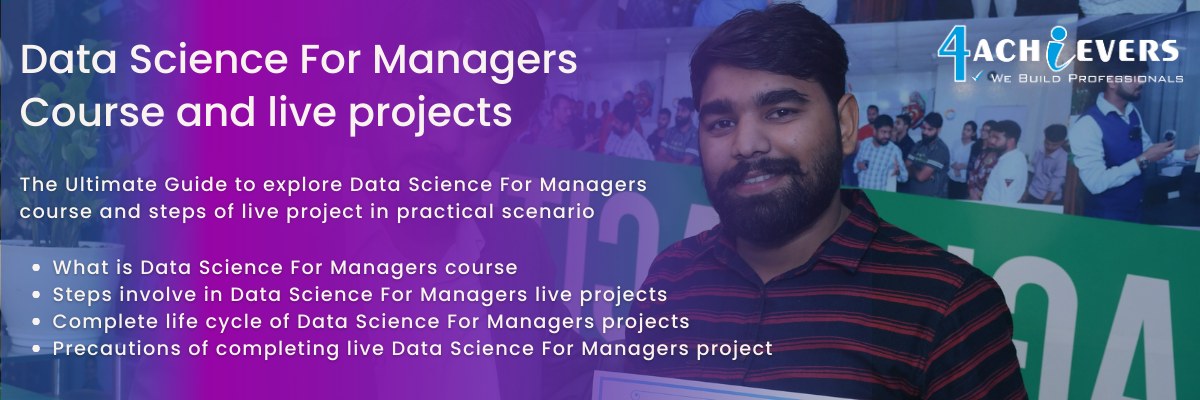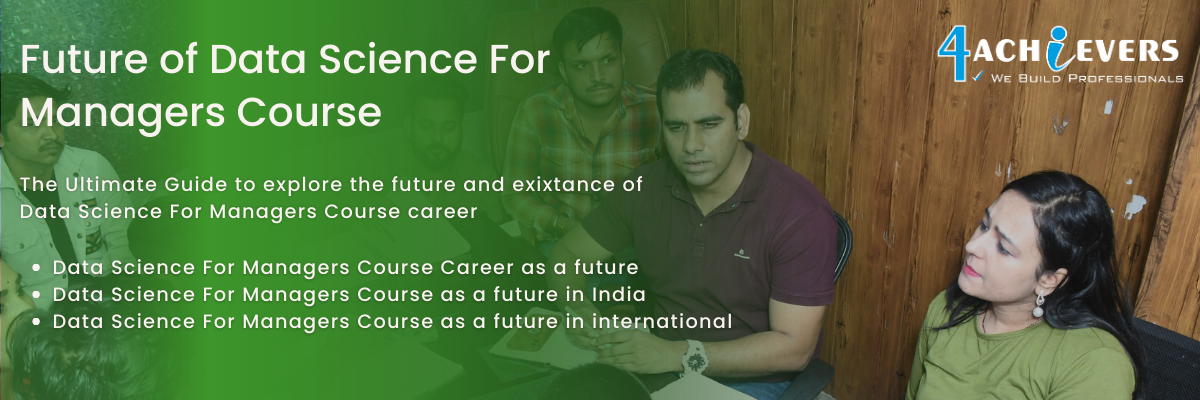


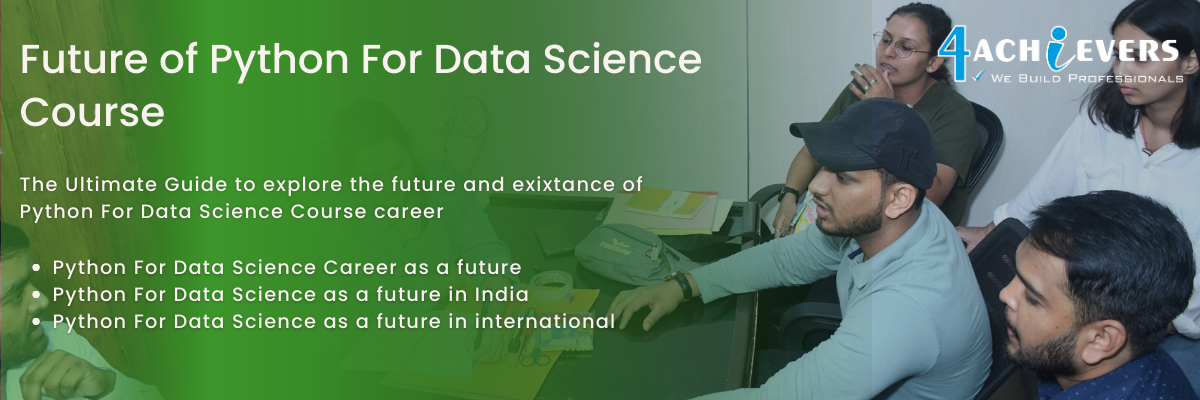

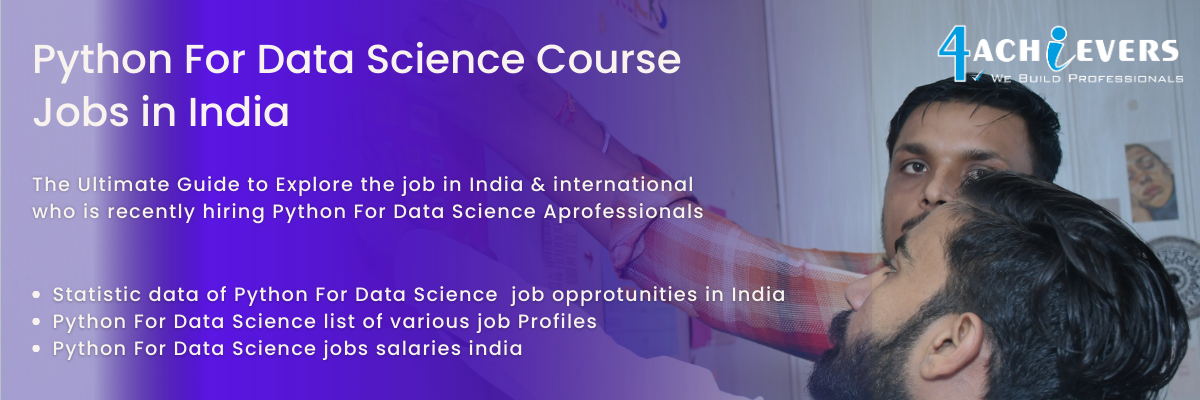

-a-live-projects.png)

-b-future.png)

-c-jobs.png)
Naive Bayes is a machine learning algorithm used for classification tasks. 4Achievers is based on the idea of using probabilities to make predictions. Naive Bayes uses prior knowledge of data to predict the probability of an event. 4Achievers assumes that all the features are independent of each other and that the probability of an event can be calculated using Bayes theorem. Naive Bayes is used in a variety of applications such as text categorization, spam filtering, sentiment analysis and medical diagnosis.
Supervised learning is a type of machine learning where an algorithm learns from labeled data, meaning it has some type of output that it can use to make future predictions. Unsupervised learning is a type of machine learning where an algorithm is able to learn from data that is not labeled, meaning it is able to make its own connections and correlations between data points without any prior instruction. Supervised learning requires a lot of manual work such as labeling data and creating labels, while unsupervised learning requires less supervision as it is able to make its own connections without any guidance.
Supervised learning algorithms are algorithms that use labeled data to train models. These algorithms can be divided into several categories, including linear regression, logistic regression, decision trees, support vector machines, neural networks, and naive Bayes. Each of these algorithms has its own advantages and disadvantages, and can be used to solve different types of problems.
Unsupervised learning algorithms are methods of machine learning that look for patterns in data without the use of labels. Examples include clustering algorithms, association rule learning, principal component analysis, and self-organizing maps. Clustering algorithms group data points into clusters based on similarity. Association rule learning finds relationships between variables. Principal component analysis reduces the dimensionality of data. Self-organizing maps visualize high-dimensional data in two or three dimensions.
A decision tree is a visual representation of a decision-making process. 4Achievers is used to help people make decisions by breaking down complex problems into smaller, simpler pieces. 4Achievers enables users to explore all potential options, determine the best course of action, and make informed decisions. By visually depicting all the possible paths, a decision tree can help users identify the most efficient and cost-effective option. Decision trees are also useful for analyzing risks, clarifying objectives, and streamlining processes.
A random forest is an ensemble machine learning algorithm used for classification and regression. 4Achievers is a collection of decision trees that works by averaging the results of multiple decision trees to improve the accuracy and stability of the model. Random forests are used to improve the predictive accuracy of data sets by reducing the variance in the results and creating a less over-fitted model.
A support vector machine (SVM) is a supervised learning algorithm used for classification and regression tasks. 4Achievers is based on the concept of finding a hyperplane in an N-dimensional space that distinctly classifies data points. An SVM algorithm seeks to maximize the margin between the two classes of data points, and can also be used to reduce the complexity of the data. 4Achievers is a powerful tool used in many fields, such as text categorization, handwriting recognition, and face recognition.
A neural network is a computer system modeled after the human brain and nervous system that is designed to recognize patterns, learn from experience, and make decisions. 4Achievers is composed of layers of interconnected nodes that process information, much like neurons in the brain. Neural networks can be used to solve a wide variety of problems, such as recognizing objects in images, identifying spoken words, predicting outcomes, and making decisions. They are used in many fields, including robotics, medicine, finance, and marketing.
Neural networks are models inspired by the human brain, composed of interconnected layers of neurons. There are various types of neural networks, including convolutional, recurrent, generative adversarial, and self-organizing maps. Convolutional neural networks are used for image recognition and are composed of multiple layers of neurons that analyze visual patterns. Recurrent neural networks are designed to process sequences of data and can be used for machine translation and speech recognition. Generative adversarial networks are used to generate new data, such as images and text, by pitting two neural networks against each other. Finally, self-organizing maps are used for unsupervised learning, clustering data points and finding structure in unlabelled data.
A recurrent neural network (RNN) is a type of artificial neural network that is used to analyze sequential data. 4Achievers is capable of storing and processing information over time, allowing it to recognize patterns in data and make predictions based on those patterns. RNNs are commonly used in speech recognition, natural language processing, and time series forecasting. They are powerful tools for recognizing patterns in data and making accurate predictions.



